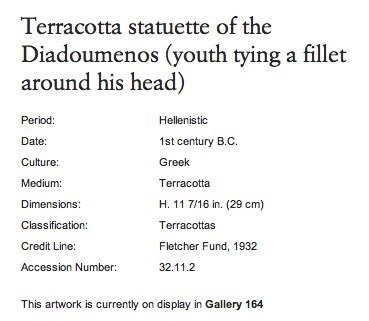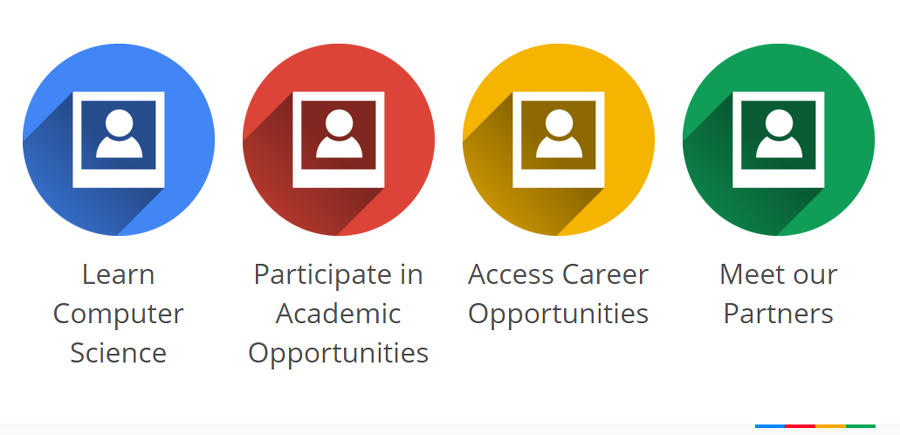I think the most uncomfortable piece of this new information landscape for educators is that many of them don’t know what learning looks like when students use these tools. They think simply because they have the ability to learn about things that aren’t necessarily the traditional disciplines and content, that those students are not doing valuable learning.
This article from NYT talks about an interesting experiment in merging classroom and virtual learning. Looks a lot like an experiment I tried last spring with my 9th grade cultural studies class.
If many schools seem intent on containing students’ online personas and use of social media, Dwight is trying to set them free — to blog, animate, make movies, design video games, make robots, and go forth in the networked world headfirst.
“If we don’t take this time to teach them how to behave online, something will happen,” Mr. Kolani said. (He did not mention it, but the behavior of certain elected officials came to mind.) “We want them to participate online in order to have a legacy of good things about them online.” And there’s the fact that a lot of college and university level work will be increasingly online and collaboration oriented.
When Mr. Kolani arrived at Dwight in 2005, in a traditional head of information-technology role, the technology curriculum focused on more traditional skills building — like Microsoft Office and Web page design — and using technology as a creative outlet (think Adobe Acrobat to make movies).
Last year, the school hired two more teachers to join Mr. Kolani, and the three overhauled the program.
“We took best of all and made it a linear progression,” Mr. Kolani said. “We wanted the skills to build year after year.”
Now students start in sixth grade with a digital citizenship and ethics unit — dangers of cyberbullying included — followed by an introduction to blogging, which requires them to “blog regularly as a means of self-assessment and reflection,” Mr. Kolani said. (The first thing they reflect on is the class itself, with the hope that in time, the reflections become more sophisticated, like the import of social media to the Arab Spring.)
There’s a video unit in which students tell a story and film it, and a foray into robotics. Mr. Kolani said he recently heard shrieks of delight from a student who made his robot follow a line of tape.
When possible, technology intersects with other classes: Sixth graders studying Greek history, for example, used the Google SketchUp tool to examine ancient architecture.
Seventh graders might use the same tools in a more advanced way, perhaps using SketchUp to design their own buildings. They design video games, and they animate.
By eighth grade, they are using Prezi, an online presentation tool, to make their own mandalas, Buddhist and Hindu presentations that require them to frame themselves with four “gates.” For another unit, they pick one piece of technology, like an implantable cellphone, and research how it has evolved and predict how it might continue to evolve. There’s more video gaming, and as the students get older, more independent projects.
Every year takes them away from the local and more toward the global, Mr. Kolani said, reflecting the school’s use of the International Baccalaureateprogram. “We’re an international school with a focus on looking globally,” he explained. “We realized we could take the same technology that we would use to look at our neighborhood to explore the world.”
///full article at link///





